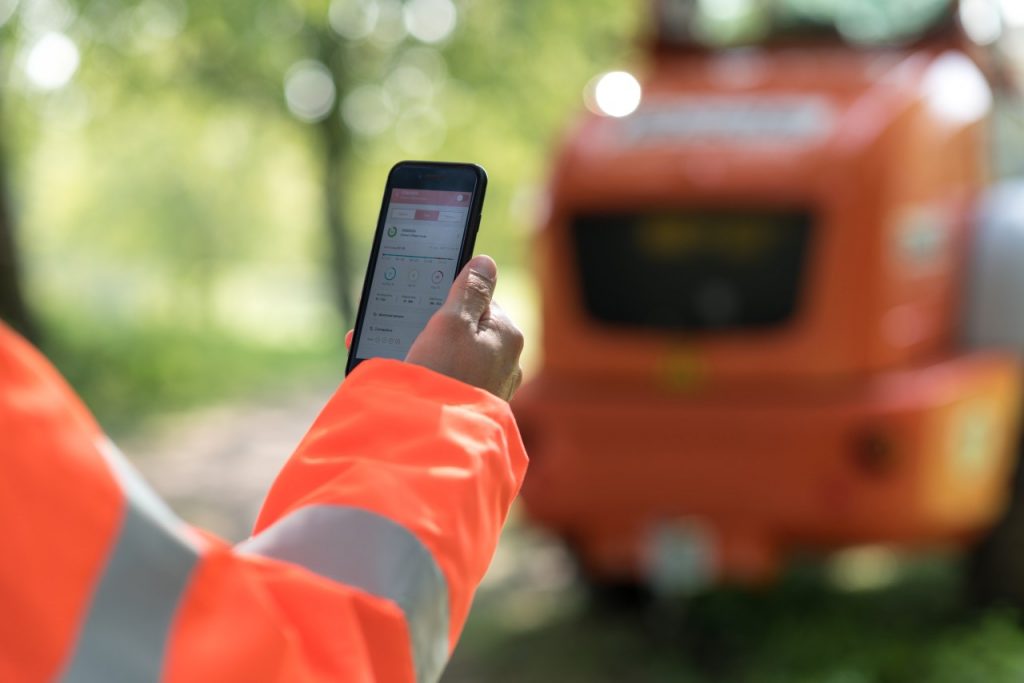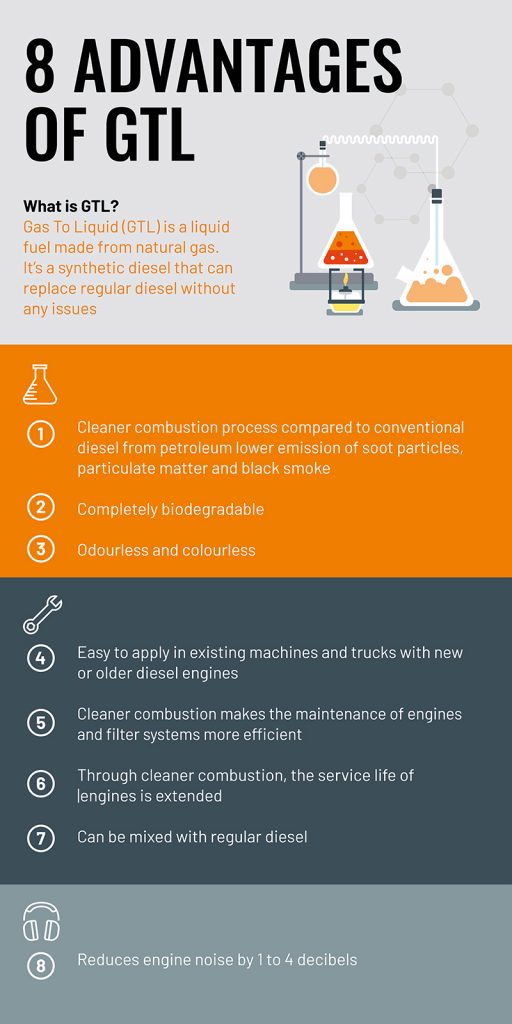Reading time: 4 minutes
We are preparing for an increasingly emission-free future. More and more machines in the rental fleet will be powered by electricity or hydrogen. But before we get there, we will enter a low emission phase, a transitional period in which renewable fuels will play an important role.
“Our role as advisers is becoming increasingly important in order to serve our customers”, says John Smeets, Technical Manager at Boels. He sometimes experiences the road to emission-free construction as a winding path. As a leading machine and equipment rental company in Europe, Boels and the companies that hire the machines are confronted with divergent and sometimes only temporary technologies. “That’s why we always need to stay one step ahead in terms of knowledge and experience, so that we can give our customers sound advice on all these innovations”, John emphasises.
It’s not only electric machines that are driving on the highway to emission-free construction. Hydrogen is also expected to play a major role, particularly in heavier machinery. But we aren’t there yet, not by a long shot, if only because there are still logistical supply issues that need to be solved. In short: we first need to enter a transitional phase with all manner of successful and less successful interim solutions.
We first enter a transitional phase with all manner of successful and less successful interim solutions
Utilising interim solutions
The road to emission-free construction will initially follow the path of low emission. We will also deploy interim solutions in those transitional years to reduce emissions. These solutions can be hybrid machines that have both an electric and a fuel engine. One development Boels is currently working on is replacing traditional diesel fuel by alternative low-emission fuels such as GTL (gas-to Liquid) and HVO (Hydrotreated Vegetable Oil). The latest Stage V engines make this possible – and it won’t surprise you to learn that we are seeing more and more of these in the Boels rental fleet. They may still be more expensive, but they certainly come in handy during the tendering process because clients are increasingly demanding low-emission machines. By opting for rental instead of purchase, Boels can help companies speed up the transition towards emission-free construction. As John says: “It often takes some getting used to. Our kids will have a lot less trouble with it later on. For them it’s almost natural to think and act green.”
Low-emission fuels
The concept of GTL fuel is to convert natural gas into a synthesis gas, which is then liquefied. GTL therefore stands for Gas-To-Liquid. John has experienced first-hand how much more pleasant GTL is to use: “You can’t smell it at all and it’s a lot more pleasant to work in an environment that doesn’t stink of diesel. Moreover, an engine that runs on GTL is also quieter”.
HVO diesel is also based on a synthesis gas, but this time it comes from biomass. HVO can rightly be called a ‘renewable fuel’. The biogas is converted into a liquid product called Hydrotreated Vegetable Oil. Another term we use for this conversion process is Biomass-to-Liquid.
From Low to Zero emission
‘Orange is the new green’, is how Boels promotes its growing rental fleet of electrified machines and equipment. That’s because the step from low emission to zero emission can often be taken with small and medium-sized rental equipment. At Boels, for example, there are already more scissor lifts for hire that run on a battery than with a diesel engine. The electrified range also includes a battery-powered telescopic handler, as well as two models of wheel loader, a motorised wheelbarrow, a mini excavator, a demolition robot and a site carrier. And more and more (and gradually larger) machines with an electric drive will be added in the near future, John tells us.

Investing in efficient machine use
Sustainability has been high on the Boels agenda from the very beginning. After all, by definition, rental is all about using equipment and raw materials as efficiently as possible. John nevertheless thinks there is still room for improvement in that respect. New telematics systems now provide us with more data about how the rented machines are functioning. “I can see from the data that a contractor is only constantly using four or five machines out of the seven he hired, which means I can suggest to take two of them back. That way I’m helping him to optimize his operations and I’m building a close customer relationship that will benefit us both.”
Finally, the Internet of Things (IoT) offers wonderful opportunities to reduce our existing emission levels. John explains that this is one of the reasons why Boels is continuously investing in the further development of essential system integrations and associated protocols for these IoT solutions. He’s already very excited about the possibilities this will offer: “For example, soon we’ll be able to read out the daily emissions of a machine directly and then see how we can reduce them.”





